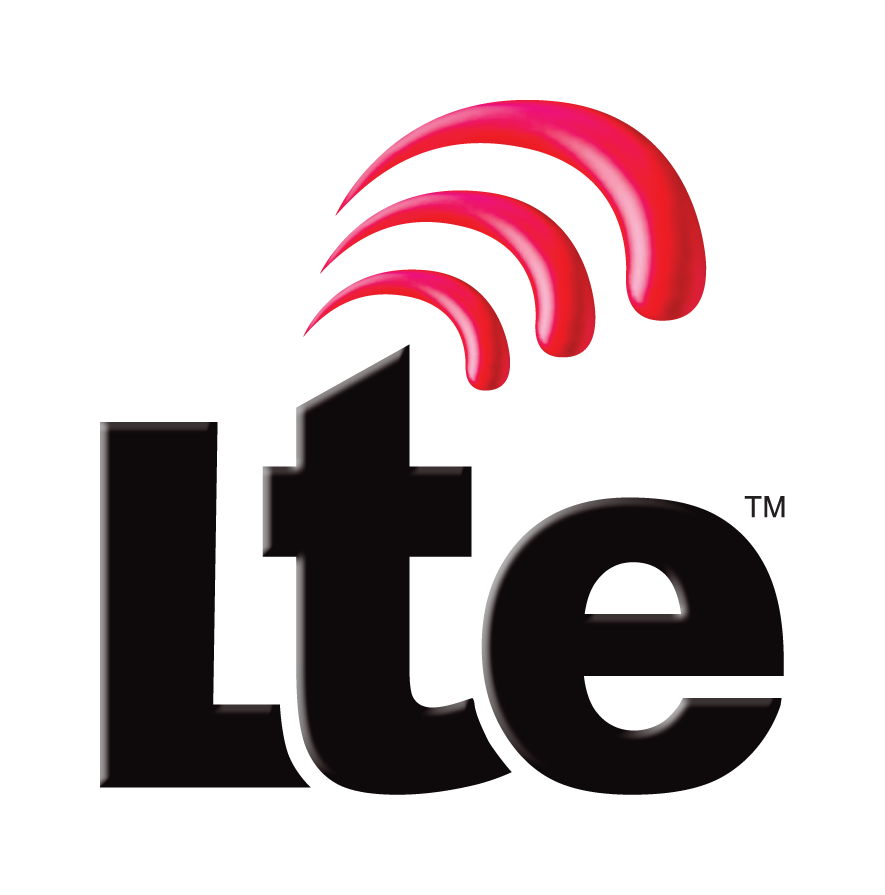We’ve talked a bit in the past few posts about keys, K and all it’s derivatives, such as Kenc, Kint, etc.
Each of these is derived from our single secret key K, known only to the HSS and the USIM.
To minimise the load on the HSS, the HSS transfers some of the key management roles to the MME, without ever actually revealing what the secret key K actually is to the MME.
This means the HSS is only consulted by the MME when a UE/Terminal attaches to the network, and not each time it attaches to different cell etc.
When the UE/Terminal first attaches to the network, as outlined in my previous post, the HSS also generates an additional key it sends to the MME, called K-ASME.
K-ASME is the K key derived value generated by the HSS and sent to the MME. It sands for “Access Security Management Entity” key.
When the MME has the K-ASME it’s then able to generate the other keys for use within the network, for example the Kenb key, used by the eNodeB to generate the keys required for communications.
The USIM generates the K-ASME itself, and as it’s got the same input parameters, the K-ASME generated by the USIM is the same as that generated by the HSS.
The USIM can then give the terminal the K-ASME key, so it can generate the same Kenb key required to generate keys for complete communications.

